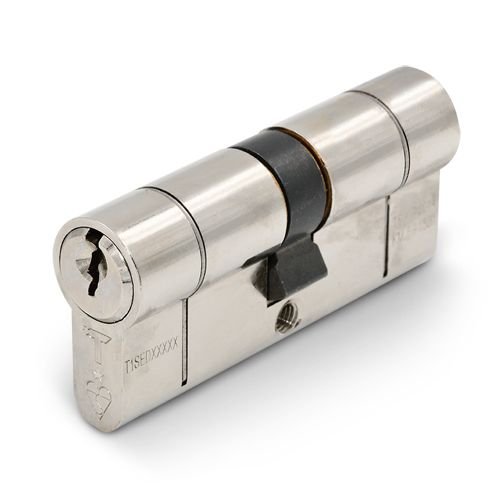Blog
A guide to 1 star and 3 star rated euro cylinders
The 1-star and 3-star ratings were introduced in 2015 so it’s likely that you’ve already heard plenty about them. The purpose of this guide is to help understand the requirements of each standard and what the ratings mean.
Background
In 2015, Part Q of the building regulations was introduced, which required new dwellings to meet minimum security standards.
At that time, Secured by Design, the Door Hardware Federation and the Glass and Glazing Federation got together to create a new standard to help combat a rise in cylinders being defeated by bumping and snapping. After a couple of revisions, the standard became Technical Specification 007:2014 + A2:2018.
The idea was that cylinders should meet a level of security comparable to BS3621 (which we’ve all known for years for mortice locks) and PAS24 (which applies standards to complete door assemblies). The new TS007 standard would apply to replacement and retrofit applications, whereas part Q only applies to new dwellings.
The TS007 standard allows for cylinders to be designated as either 1* or 3*, depending on which standards they achieve.
What do the star ratings mean?
A 1* cylinder must meet the requirements of BS 3621:2017 and a minimum requirement for BS EN 1303:2015. Those standards cover tests against physical attack, key security, fire resistance, durability, plug extraction, and crucially, lock bumping.
A 3* cylinder must do all the above but also withstand an attack to the standards set out in PAS24. It must meet these standards without the benefit of security handles or escutcheons and so must resist an attack by snapping.
If you’d like to read the full standard, the DHF has some excellent resources on its website here:
So, a 1* doesn’t need to be resistant to attack by snapping?
One star cylinders do not need to meet this standard, that’s reserved for the 3* cylinders. However, a one-star cylinder can still feature protection against an attack by snapping. It’s important to remember that this feature doesn’t turn the cylinder into a 3* product, but it’s extra protection at a lower cost.
The TSS 1* cylinder features a shear line on both sides of unequal cylinders for additional protection against attack.









